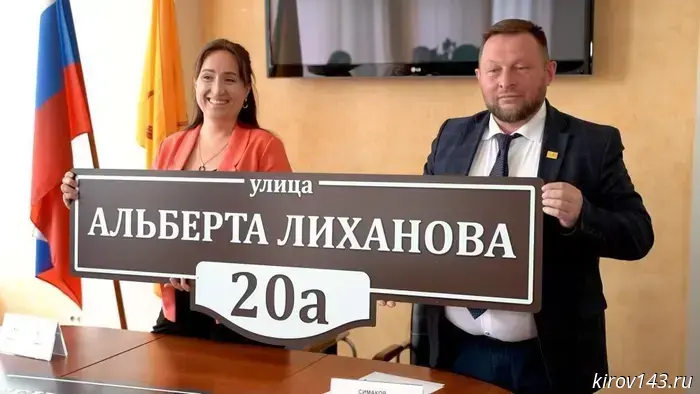
The most powerful telescope on Earth has been launched
The Vera K. Rubin Observatory, located on Cerro Pachon Mountain in Chile, has officially begun work. The telescope installed in it with a unique 3.2-gigapixel LSST (Legacy Survey of Space and Time) camera demonstrated impressive results already in the first hours of observations.
According to 3DNews, with reference to TechSpot, in less than a day, the LSST camera recorded the light of millions of space objects and made it possible to detect 2,104 previously unknown asteroids. Among them are 7 near—Earth ones, which, according to scientists, do not pose a threat to the planet.
The published images include a mosaic of 678 images of the Laguna Nebula and the Triple Nebula, located about 9,000 light-years from Earth. The shooting lasted 7 hours and allowed us to obtain images with unprecedented detail.
The telescope uses a system of 3 mirrors with diameters of 8.4, 5.7 and 3.3 meters, focusing light on camera sensors measuring 3 by 1.65 meters and weighing about 2.8 tons. It is able to cover an area of the sky 40 times the size of the full moon in one exposure.
The LSST project has been developed since 2003. Early funding was provided by Charles Simonyi and Bill Gates, later joined by the US National Science Foundation and the Department of Energy. The observatory will scan the southern sky every 3-4 days for the next decade.
It is expected that with the help of the new telescope, astronomers will be able to discover about 20 billion new galaxies and more than 90 thousand near-Earth asteroids, and the total amount of scientific data collected can reach 500 petabytes. In addition, in the first year of operation, the instrument can confirm or refute the hypothesis of the existence of the ninth planet of the Solar system, which is assumed to be located far beyond the orbit of Neptune and makes one revolution around the Sun in 10-20 thousand years.
Другие Новости Кирова (НЗК)
 Pyatkin advances — Chebotarev counterattacks
On June 24, on the eve of his 53rd birthday and a quarter-century of legal activity, Yan Chebotarev listened in the courtroom to the attacks of Boris Pyatkin, the former chief "city emergency worker," who accused him of all tolerable and mortal sins. Newsler.ru and the "paper version" of the Publishing House — the newspaper "Reporter".
Pyatkin advances — Chebotarev counterattacks
On June 24, on the eve of his 53rd birthday and a quarter-century of legal activity, Yan Chebotarev listened in the courtroom to the attacks of Boris Pyatkin, the former chief "city emergency worker," who accused him of all tolerable and mortal sins. Newsler.ru and the "paper version" of the Publishing House — the newspaper "Reporter".
 Kirov residents were shown new address signs
The Kirov administration told about what the signs are made of and when the work on their installation will begin.
Kirov residents were shown new address signs
The Kirov administration told about what the signs are made of and when the work on their installation will begin.
 Expenses for employees with disabilities will be compensated
In 2025, employers will begin to reimburse the costs of setting up workplaces for people with disabilities.
Expenses for employees with disabilities will be compensated
In 2025, employers will begin to reimburse the costs of setting up workplaces for people with disabilities.
 Hydraulic ranges will be installed in the ravine of the Blockage
The landscaping process is coming to an end in Kirov. The improvement directorate told about the progress of the work and its results at the moment.
Hydraulic ranges will be installed in the ravine of the Blockage
The landscaping process is coming to an end in Kirov. The improvement directorate told about the progress of the work and its results at the moment.
 Rahim Azimov met with veterans of his military in a rehabilitation center
The deputy of the State Duma congratulated the staff of the center on the last day of the medical worker, handed over gifts for the children of the participants of his organization.
Rahim Azimov met with veterans of his military in a rehabilitation center
The deputy of the State Duma congratulated the staff of the center on the last day of the medical worker, handed over gifts for the children of the participants of his organization.
 Yaransk prosecutor's office returned the money to a local resident
The prosecutor's office helped a 63-year-old resident of Yaransk to return the money stolen by fraudsters.
Yaransk prosecutor's office returned the money to a local resident
The prosecutor's office helped a 63-year-old resident of Yaransk to return the money stolen by fraudsters.
The most powerful telescope on Earth has been launched
One of the most advanced telescopes in the history of astronomy has started operating at the Vera Rubin Observatory in the Chilean Andes. In the first 10 hours of observations, he recorded millions of celestial bodies and discovered over 2,000 new asteroids.
